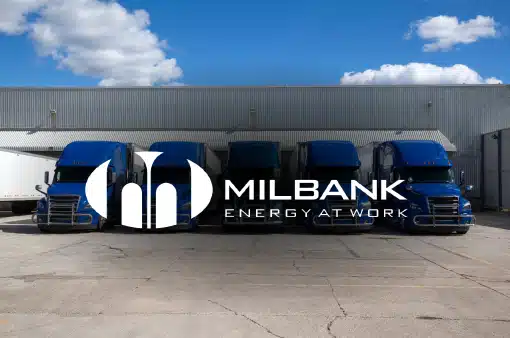
“They have better visibility into the structure of their supply chains. Instead of scrambling at the last minute, they have a lot of information at their fingertips within minutes of a potential disruption. They know exactly which suppliers, sites, parts and products are at risk, which allows them to put themselves first in line to secure constrained inventory and capacity at alternate sites,” concludes Arizona State University professor of supply chain management Thomas Y. Choi.
Peeling into the physical layers (where is my shipment?) and virtual layers (which customer/SKU combinations are profitable?) of supply chain visibility, business leaders can uncover data to drive network decision-making. Combined, information gathered through both layers of the visible supply chain answers questions that improve cost control and service to customers.
Where and when can I have supply chain visibility?
At its most basic, supply chain visibility gives you the physical location of a product in the supply chain. This can include where an inbound shipment is, where you have inventory, or when a shipment will arrive at a customer. When you have this type of visibility, you can make decisions around production scheduling, facility/customer alignment and proactive communication to customers for delivery expectations. Visibility enables the highest level of customer service while maintaining cost control.
Where are the suppliers?
Understanding your suppliers’ geographic location is critical not only to executing a robust network design but also in mitigating risk. Understanding the production and shipping locations of your suppliers during a period of disruption allows you to execute contingency plans developed during modeling exercises.
For instance, when an overseas disruption affects a foreign supplier, maintaining a geographical awareness of primary supply chain partners is vital. Combine location information with advanced understanding of alternative sources and you have supply chain visibility that can facilitate a rapid crisis response to protect the customer experience and prevent other breaks in the supply chain.

Where are the customers?
Your customers and their demand drives everything about your supply chain. From the locations of your distribution centers to the shipping options available to meet customer service requirements, having a detailed understanding of the concentration of demand means you can work backwards to develop efficient and reliable options to keep them happy.
Take for example an emerging market in a different region of the country. Customer expectations for delivery are very high. Not providing a high level of service is not an option. Options exist to leverage expedited freight but may make the price point too high or erode the margin on the product. A partner warehouse may be a good option to position inventory to meet service levels without investing in owned brick and mortar.
Supply chain visibility supplies the data required to craft the best solution for your unique set of circumstances.
Where is the inventory?
Your physical assets connect the vendor and customer locations. These assets allow you to position inventory to mitigate risk while providing the service customers expect. Having complete visibility to where and how much inventory you have is critical to making smart sourcing decisions:
- From which location can I fulfill the order?
- Is it cheaper to consolidate or split the order?
- Can I drop ship?
Understanding all the inventory options available enables you to leverage the web of connections throughout your supply and customer base to delight your customers.
Can I access all my data?
Your supply chain generates a tremendous amount of data. Accessing all of it is not easy, especially when you are working across multiple vendors, customer segments, product categories or transportation modes. Consolidating your information across disparate systems and sources is the first step toward supply chain visibility to glean actionable improvement opportunities from your data. The more access to information you have and the more easily you can parse it, the more it can impact your bottom line.
An expert partner with significant technology capabilities can compile disparate data in an accessible repository and provide it in personalized dashboards, as well as apply experience-based analysis. Accessing that analysis in the same platform as operational data and tactical execution activities is critical to supporting quick, evidence-based decision-making.
What is cost to serve?
For each product and customer, executive leadership needs to understand cost to serve, which reflects all the activities and costs incurred as movement and conversation occurs from vendors through your network out to the customer. Cost to serve metrics provide actionable information by enabling visibility into the profitability of individual customers and products, and finding a fulfillment configuration that balances service and margin.
By utilizing actionable data derived from supply chain visibility and running what-if scenarios with regional data and characteristics, you can develop the most responsive and efficient operations that meet customer demand at the best cost.
Why is my cost going up/down?
Leveraging robust score cards can provide insight into the factors that are driving your financial performance. Not all drivers are completely controllable. You cannot make your customer order from a different location or change what they want to buy. There is an old adage “you cannot change how other people act, only how you react to them.” The same holds true for the supply chain. Develop plans to react to supplier performance and customer behavior to set up your company for success.
It is critical to have an unbiased party developing and interpreting the scorecards and information produced. You want objective viewpoints that highlight all options available to contend with dynamics in the marketplace. Not only do you want visibility into your own supply chain but also what is going on within the market. In the new environment, it is more critical than ever to leverage every bit of available information across the marketplace.
Combine Layers for Master Vision
Physical visibility to shipment, service and costs can be accessed through very basic solutions that exist in the marketplace, some at low or no initial cost. Customization often requires additional investment, and real supply chain visibility is dependent on data from vendors, clients and carriers. A basic Transportation Management System provides tactical visibility to all of the connections in the supply chain, and it can enable cost savings.
Virtual visibility to all the activities that drive cost, service and reliability allows you to delve into the “what” and “why” around supply chain performance systematically and regularly. This requires investment in people, process and technology. The return on that investment is an enhanced ability to react to supply chain changes that impact performance. You also improve service to partners and customers.
Corporate alignment from the top down is required to achieve a complete solution. And the strongest alignment comes from a shared source of truth: supply chain visibility. To get there, you want knowledgeable resources with broad experience to help guide you.










